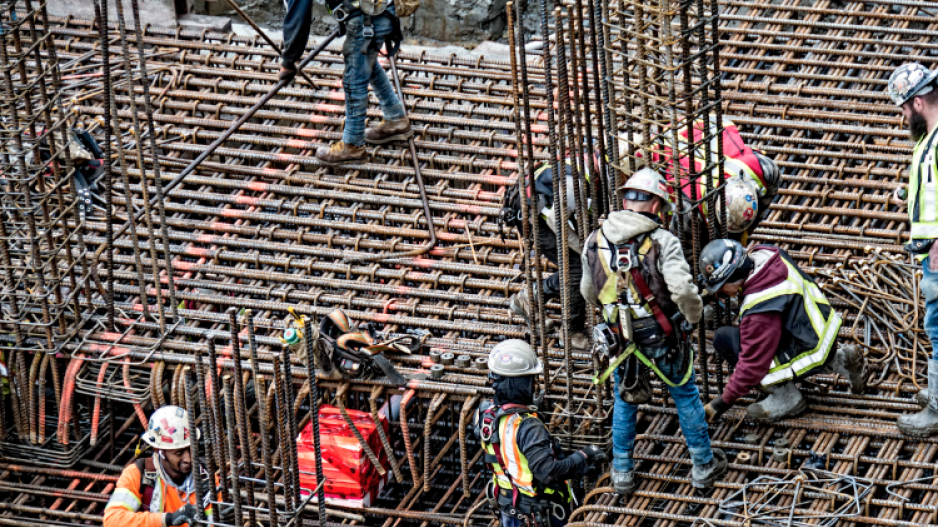B.C. employment softened again in July with a monthly decline of 10,300 people (down 0.4 per cent), underperforming the rest of the country. Despite the dip, year-over-year hiring growth of 2.3 per cent was still above the national performance of 1.7 per cent. The unemployment rate climbed 0.3 points to 5.5 per cent but remained far below the national jobless rate of 6.4 per cent, suggesting the influence of higher employment growth this year and demographic factors. Broadly, the latest trends point to slowing economic growth this year.
Full-time employment declines led the overall contraction in B.C. with an 11,800-person decrease (down 0.5 per cent). Part-time employment edged up 0.2 per cent (1,400 people). The Vancouver census metropolitan area (CMA) saw a 0.7-per-cent increase in its employment level, while its unemployment rate rose to 5.8 per cent from the 5.4 per cent recorded in June. During the same month last year, Vancouver CMA’s unemployment rate level was at 5.9 per cent.
By sector, services-producing industries led the provincial decline in employment in July, with a one-per-cent decrease, offsetting the overall 2.6-per-cent gain that came from broad increases across goods-producing industries. The construction sector led that increase with a gain of 2.5 per cent (6,000 people). The wholesale and retail trade sector reported a large decline in hiring in July, contracting by 19,300 people (down 4.5 per cent) and reversing the surge seen in June.
Meanwhile, housing market conditions in the Lower Mainland held steady in July, but sales remained sluggish even as the Bank of Canada cut its policy rate for a second consecutive time and warmer weather lifted consumer spirits. Many prospective buyers remain on the market’s sidelines, as unaffordable conditions encourage many to hold off until they can lock in more favourable mortgage rates.
Total home sales in the region, which includes Metro Vancouver and Abbotsford-Mission, reached 3,510 units in July, which was down 4.4 per cent from June and down 6.2 per cent year over year. In comparison, sales had declined by 23 per cent year over year in June, owing in part to momentum in the first half of 2023. While sales were steady as compared to recent months on a seasonally adjusted basis, last month still saw the fewest July sales since 2022 and came in 22 per cent below the trailing 10-year average.
As sellers await a resurgence in sales, market conditions are softening at least temporarily as inventory builds. Active listings rose 40 per cent from a year ago to exceed 21,700 units, with trend levels at their highest since 2019 and the mid-2010s. Potential buyers now have more options than they did over the past couple of years and some room to negotiate amid balanced market conditions. There are indications that sellers are slowly adjusting prices lower, although expectations remain elevated with the hope of stronger conditions ahead.
Nevertheless, the average Lower Mainland home price fell 3.9 per cent from June to $1.19 million, with the seasonally adjusted figure down 2.4 per cent month to month. While sales composition can swing prices, a slip in benchmark value of 0.6 per cent does point to some easing (although seasonally adjusted values rose).
Current housing market conditions are soft, but we expect a resurgence later this year. Latent demand remains substantial due to strong population growth, and we expect lower interest rates to draw in more buyers—and for younger households to receive a helping hand from parents. Sales will be limited by affordability, which will remain a constraint. Insufficient construction activity and tight rental markets could mean prices will find a leg up in both 2025 and 2026 as demand crystallizes into sales.
Bryan Yu is chief economist at Central 1.





